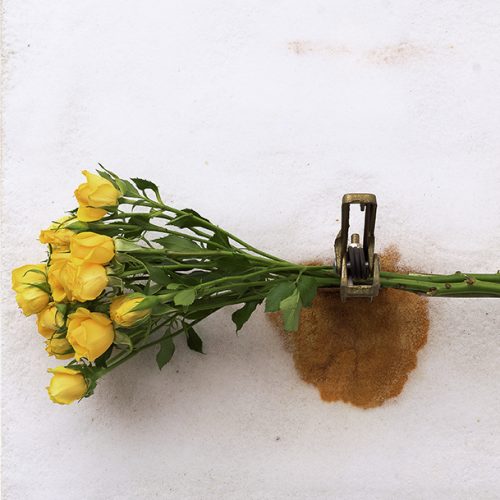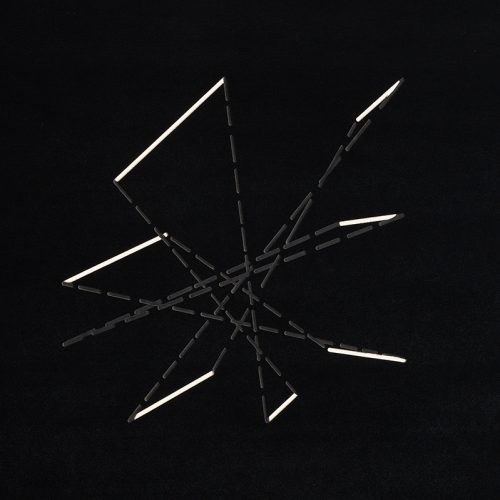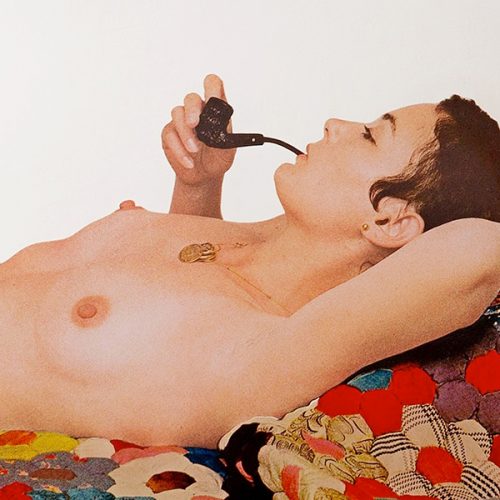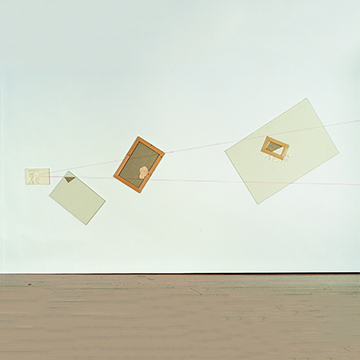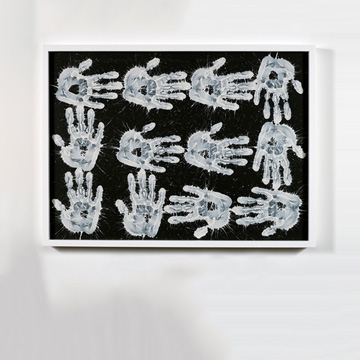



Pier Paolo Calzolari, born in Bologna in 1943, currently lives and works in Lisbon, Portugal. He spent his childhood and adolescence in Venice, where he developed an early sensitivity to light and atmosphere, elements that would become central to his artistic practice. In 1965, he returned to Bologna and opened a studio in Palazzo Bentivoglio, where he began producing his first paintings. His studio soon became a cultural hub, attracting both Italian and international intellectuals and artists, including Allen Ginsberg and William Burroughs.
In 1967, Calzolari staged his first performance-based work, Il filtro e benvenuto all’angelo, conceived as an immersive sensory experience and described by the artist as a “spatial activation.” Between 1967 and 1972, he moved between Urbino, Paris, New York, and Berlin, refining his artistic vocabulary. During this period, he was closely associated with the Arte Povera movement, known for its experimental approach and unconventional use of materials. His 1968 text “La casa ideale” is considered by many to be one of the movement’s key theoretical statements. In 1969, Calzolari participated in the landmark exhibition Live in Your Head: When Attitudes Become Form at the Kunsthalle Bern, a pivotal moment in contemporary art history. Throughout the 1970s, he held several solo exhibitions abroad, including three at the renowned Sonnabend Gallery in Paris.
Calzolari’s work is characterized by the use of ephemeral and symbolic materials—ice, neon, lead, moss, frost, salt, tobacco leaves—through which he explores concepts such as transformation, impermanence, and time. The interplay between matter and light became a consistent poetic and formal element of his artistic output.
After living in Bologna, Paris, and Milan, Calzolari settled permanently in Milan in the mid-1970s, continuing his exhibition activity and collaborating with galleries such as Tucci Russo in Turin. In the 1980s, he spent two years in Vienna before returning to Italy, where he resumed his exploration of light and landscape in the Montefeltro region. In the 1990s, Calzolari was featured in major retrospective exhibitions in Paris, Lausanne, and Turin. In 2012, he held his first major solo exhibition in the United States and has since continued to exhibit internationally. His works are included in several major public collections, including the Guggenheim Museum in New York, the Centre Pompidou in Paris, the Art Institute of Chicago, and the Sammlung Goetz in Munich.
